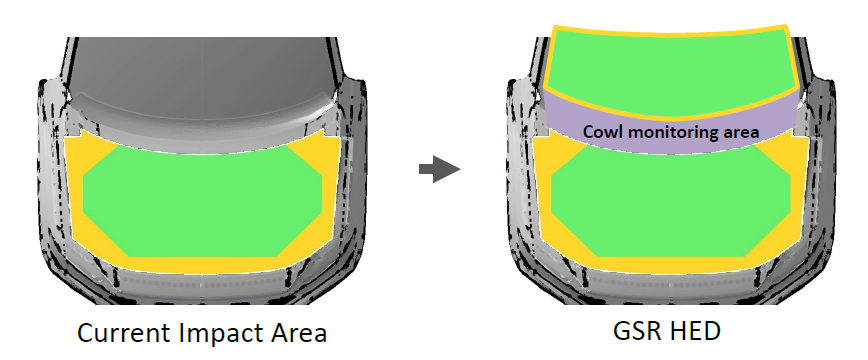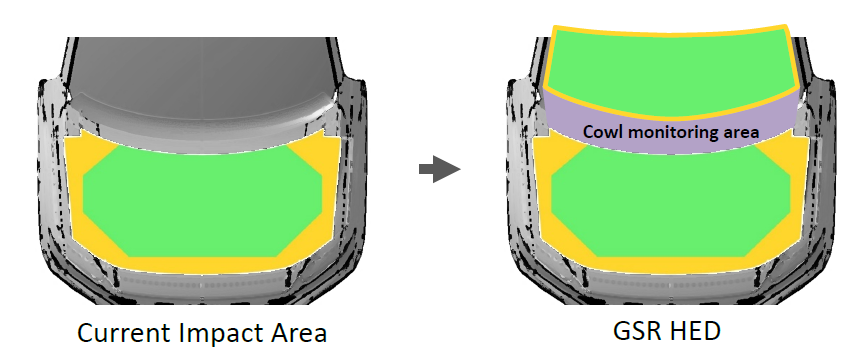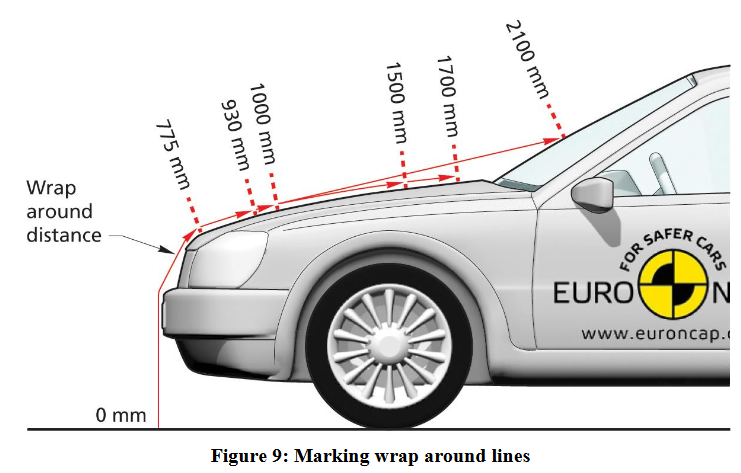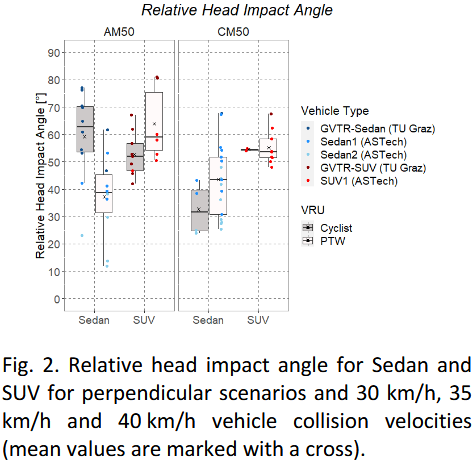Using human body model simulations in research

We want to reduce serious accident damage to zero. This is our mission, our motivation and our passion. To pursue this goal in the best possible way, in our research we must always include the entire worldwide traffic situation. Which traffic incident studies are available for which continents? How do two-wheeled accidents differ in the individual countries? Are there differences between pedestrians, cyclists and powered two-wheelers? If so, what are the differences? Can you apply safety concepts and solutions for one means of transport to another?
Our colleague Karina also posed these questions. As part of the TETRA research project funded by AUDI AG, she is helping to carry out a study on the issue of “expanding the test field of head impacts for China”.
Data from the World Health Organization (WHO) served as part of the background to the project. The data indicated that at 43 percent, Southeast Asia had in 2018 the highest share of fatalities worldwide in accidents involving powered two-wheelers (PTW). To reduce this number, efforts are already underway to adapt existing passive safety tests for pedestrians to PTWs; in other words, tests with head impactors, legform impactors and tests on vehicles with inclined engine hoods.
To further optimize safety for unprotected traffic participants, such as PTW drivers, current resolutions cite a need to expand the test field for the head impact area. For example, once the new EU general safety regulation (GSR 2019/2144) is in effect, in addition to the engine hood, the windshield and “cowl monitoring area” must also be taken into account for type approvals. The latter is a new monitoring area that lies between the engine hood and windshield.

So far however, the new regulation has been discussed within European committees only. Karina and her team are focusing on this particular point in their study. The aim was to analyze the head impact test field expansion for China and determine if the European requirements from the new GSR – such as test field, impact angle and speed, and wrap-around distance (WAD) – can be harmonized with China.

To do that the team carried out human body model simulations on select manufacturer vehicles under various conditions. Support was provided by Technical University Graz in the form of literature research and human body model simulations on generic vehicle models (sedans and SUVs). Karina and her team then compared these results with their own to discover whether the simulations on real SUVs generate results similar to generic SUVs as an example.


As the study showed, lower head impact speeds were observed among PTW drivers compared to cyclists. The PTW simulations show lower minimal WADs, but nearly the same maximum WAD as in the cyclist simulations. The head impact angle appears to be highly sensitive. In addition, a wide range of different angles can be observed. It appears that a head impact impactor speed of 35 km/h, an impact angle of 65° and a WAD of ≤ 2500 mm, such as currently being discussed for the European requirements for cyclists, would also cover PTW accident scenarios in China. The study furthermore shows that the head impact conditions are highly sensitive to the vehicle form.
The team submitted and published its methods, findings and explanations in a short communication during the IRCOBI, an annual conference that brings together around 250 experts from around the world in the fields of biomechanics, crash mechanics, accident prevention and reconstructions, sports injuries and tissue modeling. It also represented an optimal platform for us to share our activities with the community and network with experts.